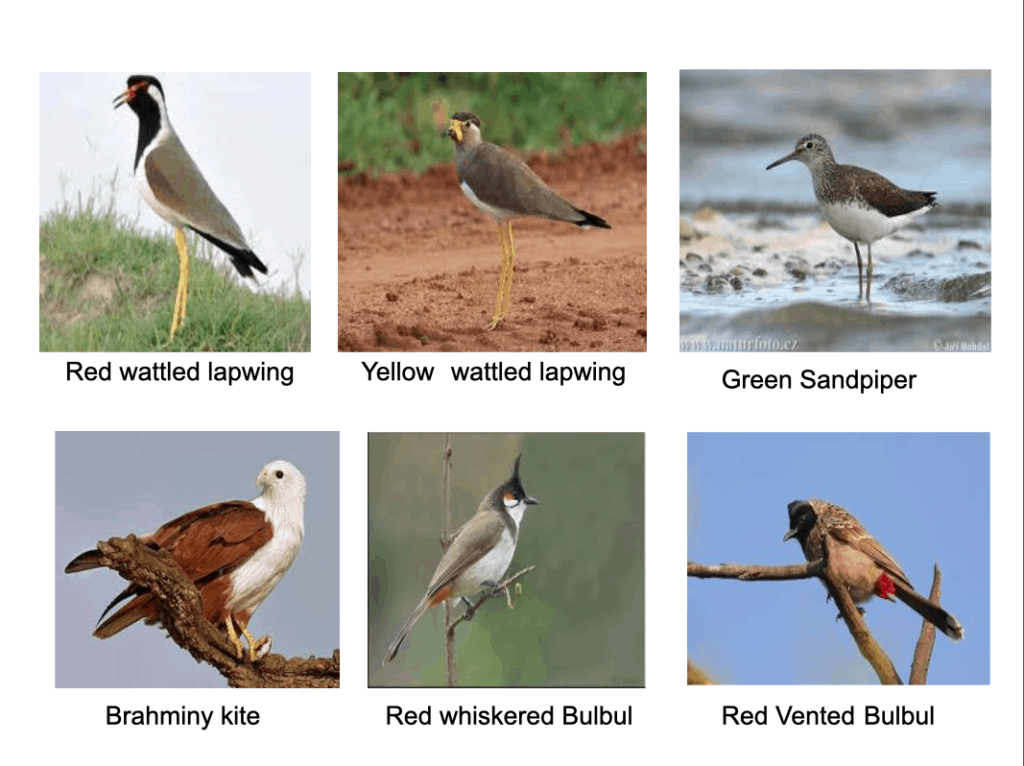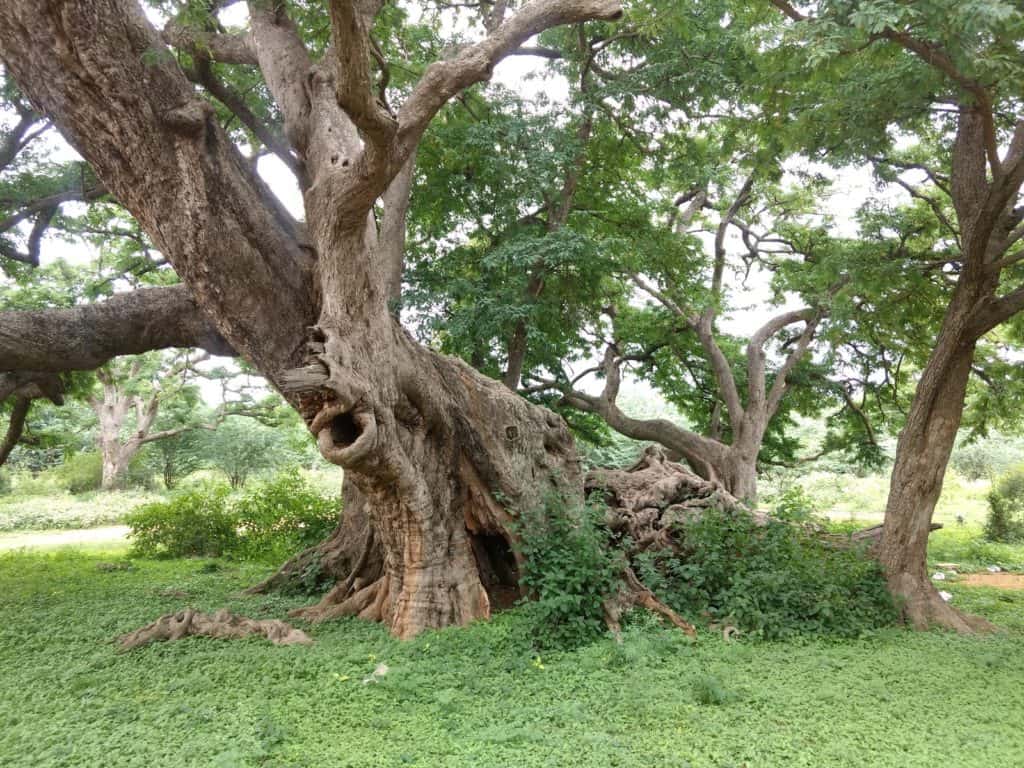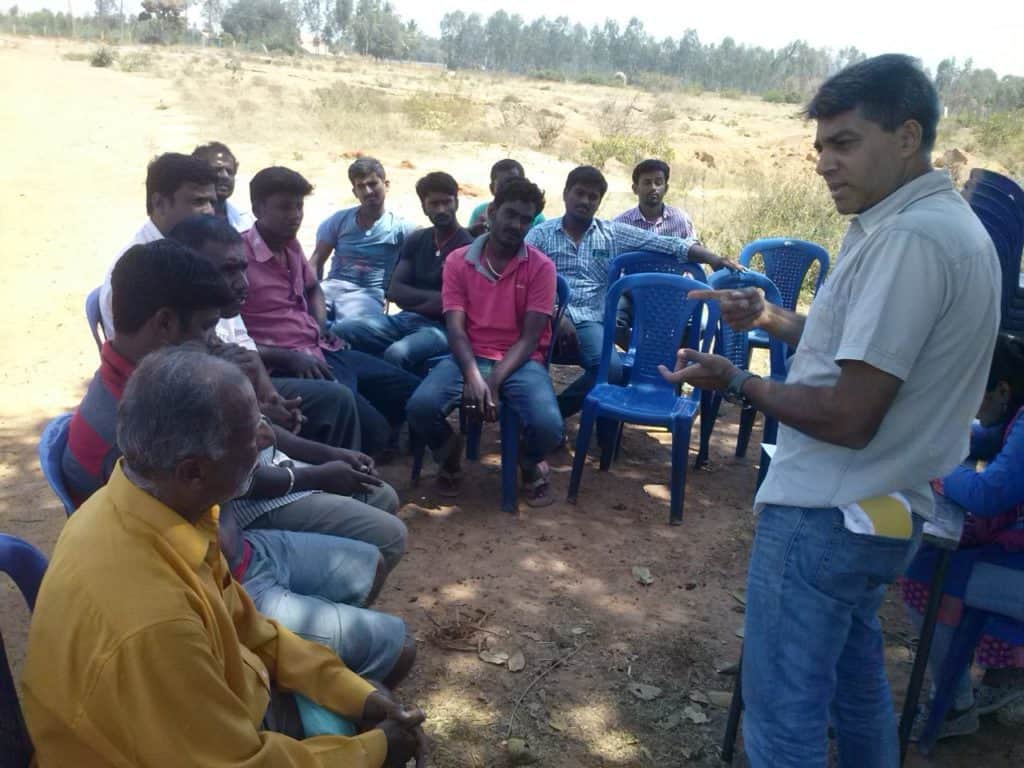In 2008, Nandini N, professor at the Department of Environmental Science at Bangalore University, started documenting Bengaluru’s biodiversity for its first People’s Biodiversity Register (PBR). She was a member of BBMP’s Biodiversity Management Committee (BMC), which is mandated to prepare a PBR under the Biological Diversity Act, 2002.
Professor Nandini inaugurated the exercise at JP Park in Mathikere where, she remembered, “very few Matti trees were surviving”. For the next two years, Professor Nandini, then the Director for Student Welfare at Bangalore University, involved approximately 20 colleges across the city to collate information on biodiversity.
They first divided the city into four parts – north, south, east, west. The students were trained by their botany teachers, who in turn had been trained by the Biodiversity Management Committee (BMC). The students and teachers were sent on an expedition to record not just trees, shrubs, birds or butterflies in their neighbourhood, but to also to knock on people’s doors and ask them what kind of potted plants they grew.

Professor Nandini submitted the ambitious compilation in 2009 to the BBMP, but she says it’s now with the Forest Department. However, the document is deemed confidential, and is unavailable to the public even now. Despite multiple attempts, Forest Department officials were not available to comment on the reason for this.
Eleven years after the PBR submission, BBMP constituted the BMC again this January, and Professor Nandini, once again, is a member.
Members of Bengaluru’s new BMC, constituted in January 2020:
- Akshay Heblikar, Director, Eco-Watch
- Vijay Nishanth, Founder, Project Vruksha Foundation
- Nandini N, Professor, Department of Environmental Sciences, Bangalore University
- Usha Anandi, Professor, Department of Zoology, Bangalore University
- Bhargav V R, Businessman, has conducted environment awareness programmes for school children and training programmes for Forest Department staff
Why BMCs?
In 1992, the Earth Summit at Rio de Janeiro, famous for its Climate Change Convention, also promulgated the Convention on Biological Diversity, for the conservation, sustainable use, and fair and equitable sharing of the benefits of biodiversity. India, a signatory to the convention, enacted the Biological Diversity (BD) Act in 2002, and formed a three-tier institutional structure for its implementation – the National Biodiversity Authority, State Biodiversity Boards and finally, the Biodiversity Management Committees (BMCs) at the local body level.
As per the BD Act, BMCs have to document biodiversity in their jurisdiction, conserve it, and ensure its sustainable use. The idea is for the local community to be involved in managing its own natural resources.
As soon as a BMC is formed, one of the first tasks the members take up is the preparation of a PBR, which:
- records a region’s biodiversity and traditional knowledge
- acts as a legal document, which confirms the sovereign power of the BMC over the resources documented in the PBR
- can be used as an impact assessment tool for developmental activities
More importantly, BMC is tasked with eco-restoration of local biodiversity, and protection of heritage trees, sacred groves, traditional varieties/breeds of economically important plants and animals, etc.
BD Act also allows the BMC to levy fees for commercial use of biological resources in its jurisdiction. Apart from grants from the State Biodiversity Board, these fees are a way for the BMC to operate a Local Biodiversity Fund which can make the committee financially independent. It’s this fund that the BMC can use for the local conservation of biodiversity or for awareness campaigns. But there’s little information about the previous Bengaluru BMC imposing fees in its three-year tenure.
In fact, the mere formation of BMCs has been little safeguard for biodiversity in any region. After the preparation of Bengaluru’s PBR, Professor Nandini said, the previous BMC also offered many recommendations to the BBMP for environmental preservation – on improving the city’s green cover, saving lakes, planting wetland plants to attract birds and butterflies, among others.
But she also admitted that the BMC was not very effective in conserving the city’s green cover: “Back then we were so engrossed in thinking about development and developmental activities, which is much needed for Bengaluru, but we should have also thought about sustainable development.”
Not just Bengaluru, compliance on the constitution of BMCs and their functioning has been dismal across the country.
As of October 2017, an analysis by the NGO Legal Initiative for Forest and Environment (LIFE) found that only about 18% local bodies in India have constituted a BMC and only about 7% have prepared PBRs. And even fewer have levied fees, taken up conservation activities, or stopped projects that could damage biodiversity.
In a way, the preparation of the Bengaluru PBR was, as Professor Nandini said, “One of the first exercises in an urban area.” But there has been a sharp uptick in the formation of BMCs and work on PBRs after the National Green Tribunal (NGT) demanded immediate compliance from all states in August 2019.
No clarity on rules of operation
On June 19, the members of Bengaluru’s current BMC met and put forth suggestions on what they’d like to achieve for the city: “A natural biodiversity tag for sites like the Tamarind Grove and the Madiwala lake,” said BMC member Akshay Heblikar, “We would also like to ensure that a majority of saplings planted in the new parks being developed by the BBMP are native species and not just flowering plants.” Another major focus for Akshay is a school biodiversity register that would get school students involved in knowing, documenting, and preserving what’s around them.

While these are crucial initiatives, Bengalureans have long been concerned about air pollution, widespread tree felling, unsustainable groundwater extraction, etc., by private enterprises or for public infrastructure projects. Projects undertaken by state authorities especially, renew the development vs ecosystem debate and highlight the power clash between two or more government organisations.
At a time when there are few precedents of well-functioning BMCs in cities, the lessons come from rural areas.
In 2016, BMC Dudhai in Uttarakhand won the National Biodiversity Authority’s award for the Best BMC in the country. The Dudhai BMC has been hailed as a model committee for its efforts in stopping illegal mining on the Swarna riverbed, which was destroying the region’s forests and eroding agricultural land. In 2018, when the Himachal Pradesh Biodiversity Board visited Dudhai they found that the BMC “organised meetings with the miners and continued patrols for months till the illegal mining ceased”. The Board’s report says, “the prospect of confronting the mining mafia seemed unthinkable until villagers and forest officers in Dudhai decided to invoke the Biodiversity Act.”
In the case of Keoti Gram BMC in Madhya Pradesh, a policy paper by LIFE finds that the BMC had filed a petition with the National Green Tribunal against illegal mining and unauthorised construction which was damaging the Keoti village forest. “Owing to the high biodiversity value of (the) dense Keoti Forest and presence of (a) waterfall, it [the BMC] also demanded declaration of Keoti Forest as a Biodiversity Heritage Site under BD Act. The Tribunal directed that no sort of mining, construction or alteration of habitat will be allowed in Keoti village,” says the policy paper.
In Kerala, BMCs have opposed unsustainable water extraction by the state Water Authority, as well as proposals for setting up manufacturing units that could damage the environment. The State’s Environment Department has also authorised BMCs to operate as watchdogs, to alert authorities on environmental violations and illegal quarries.
But apart from these handful of examples, few other BMCs have been proactive. For one, the composition and functioning of BMCs varies widely across states; and guidelines on their functioning raises more questions than answers. For example, Akshay says of the provision to levy fees: “We know the process, but the use of what kind of resources can be fined, what is the amount, the fee structure – we are not fully clear on that.”

Sukriti Kashyap, environmental lawyer and founder of the EnviroLegal Collective, asks, “How will communities (dependent on biodiversity) enter into partnerships with the committee? How will the allocated funds be used? What kind of educational awareness work will be done?” She believes the National Biodiversity Authority must play a more proactive role in laying out clear, step-by-step rules on the functioning of BMCs.
Even the PBRs prepared are not often made public, as in the case of Bengaluru. When Sukriti and team filed an RTI to get access to a PBR, they found this document doesn’t fall under the purview of RTI. One explanation for the confidentiality is the local community’s fear of knowledge appropriation, and guidelines which state that access can only be given after the community’s consent. But can there be provisions to make at least certain parts of PBRs public?
“The NBA must maintain a database of PBRs. If they don’t, what’s the role of the PBR?” Sukriti asks.
As Bengaluru and other cities complete the formation of BMCs, it’s become important to ask questions of access to the PBR and what after it, so that BMCs can achieve the goals they were created for.
This article is part of a series on ‘Bengaluru’s Ecosystems and Biodiversity’. This is a joint project with Mongabay India, and is supported by the Bengaluru Sustainability Forum (BSF).